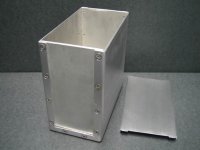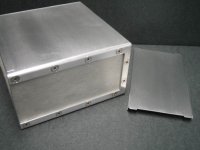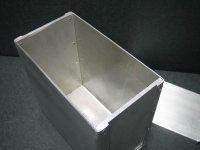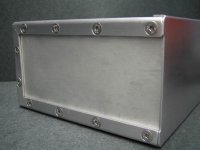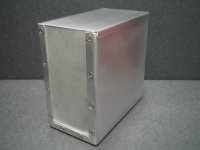John in CR
100 TW
Doc, what happened? I'm waiting for some kind of target numbers before finalizing my own pack. 99.5% ready on 6 September, but 20 days later nothing more than speculative info from Addapto.
Fair warning:
I've lost just over 50lbs (23kg) since May with more (less that is) to come, though I'll never get to your 75kg. My bike is shedding some battery weight, which is offset by the heavier moto wheel and tire now up front. The new battery arrangement should improve aero a bit. My lower mass means I can turn current limits higher without added stress, and I'm going with a 6% larger diameter tire than I broke 100mph with both times I held WOT for more than 10 seconds on flat road. Just for insurance I'm adding one additional cell in series.
Consider a 1/4 mile and top speed challenge issued by a single hubmotored ebike built for a fraction of the price and set up for daily riding. The 1/4 will be interesting and probably close, but 2 different races, since you're likely to own the 1st 100m due to my estimated 50kg total load handicap. Hopefully I'll fly by in the final 100m. 8)
Fair warning:
I've lost just over 50lbs (23kg) since May with more (less that is) to come, though I'll never get to your 75kg. My bike is shedding some battery weight, which is offset by the heavier moto wheel and tire now up front. The new battery arrangement should improve aero a bit. My lower mass means I can turn current limits higher without added stress, and I'm going with a 6% larger diameter tire than I broke 100mph with both times I held WOT for more than 10 seconds on flat road. Just for insurance I'm adding one additional cell in series.
Consider a 1/4 mile and top speed challenge issued by a single hubmotored ebike built for a fraction of the price and set up for daily riding. The 1/4 will be interesting and probably close, but 2 different races, since you're likely to own the 1st 100m due to my estimated 50kg total load handicap. Hopefully I'll fly by in the final 100m. 8)


